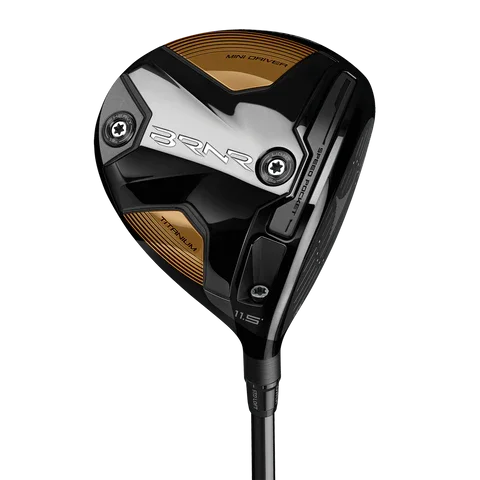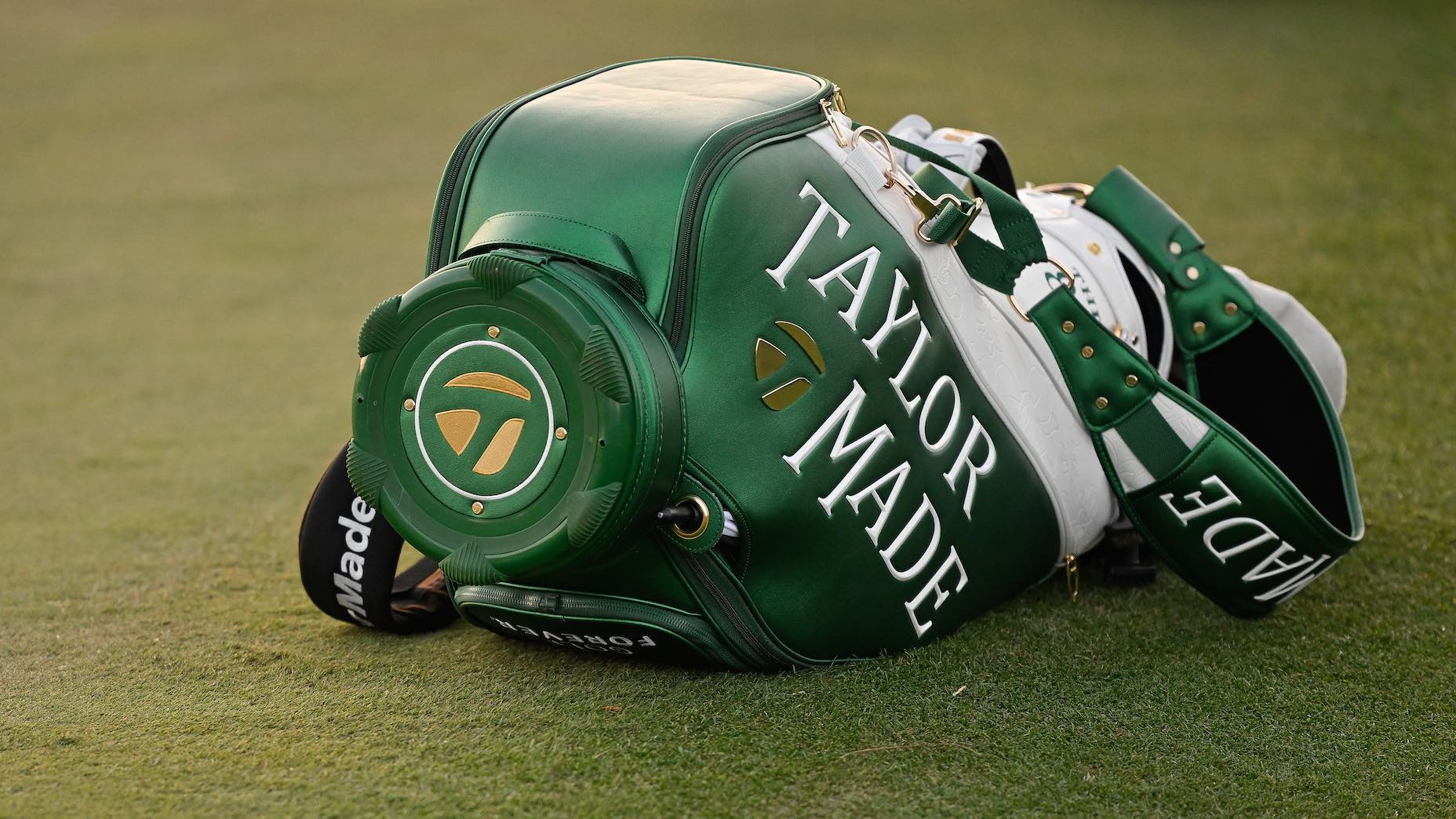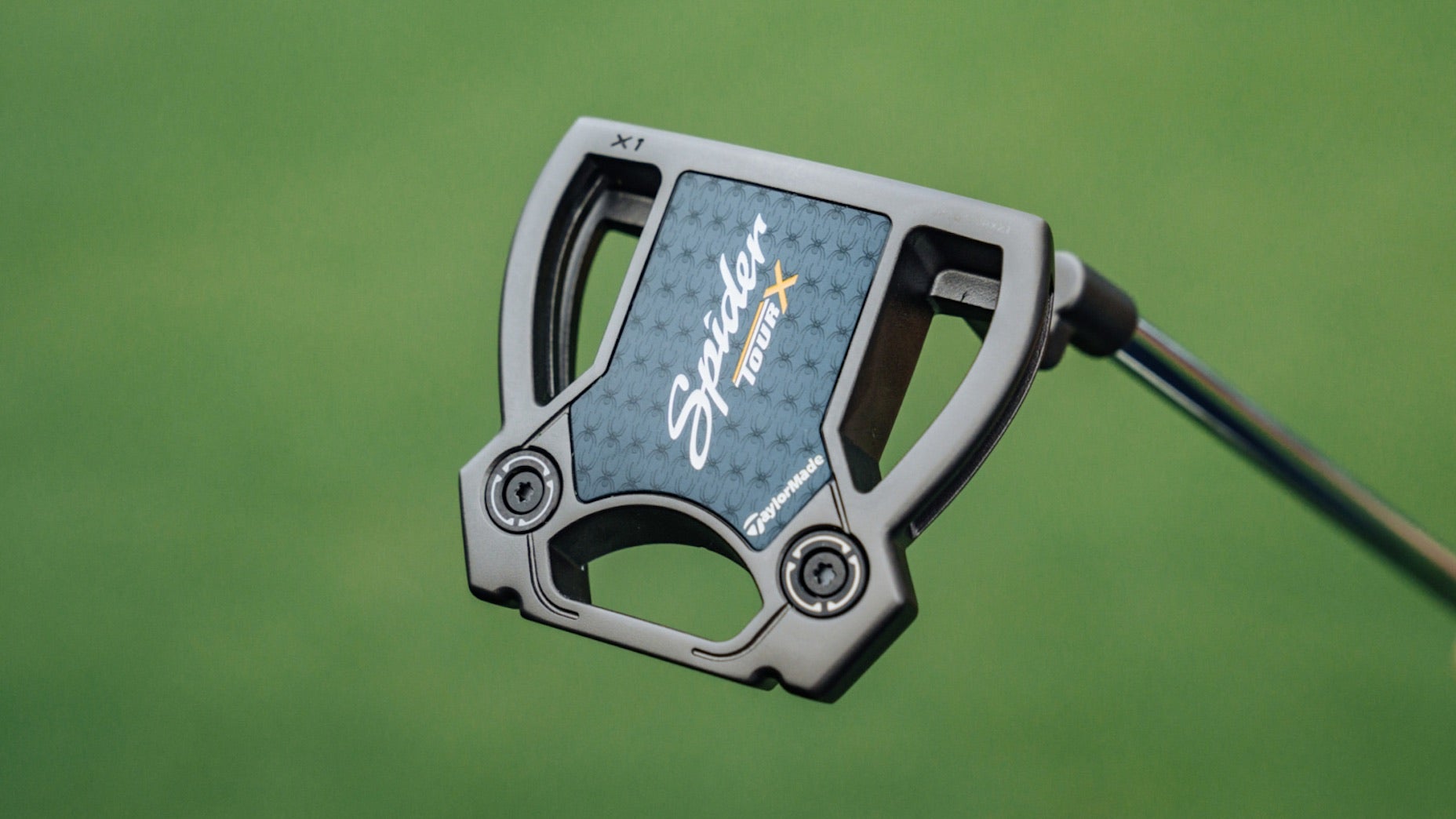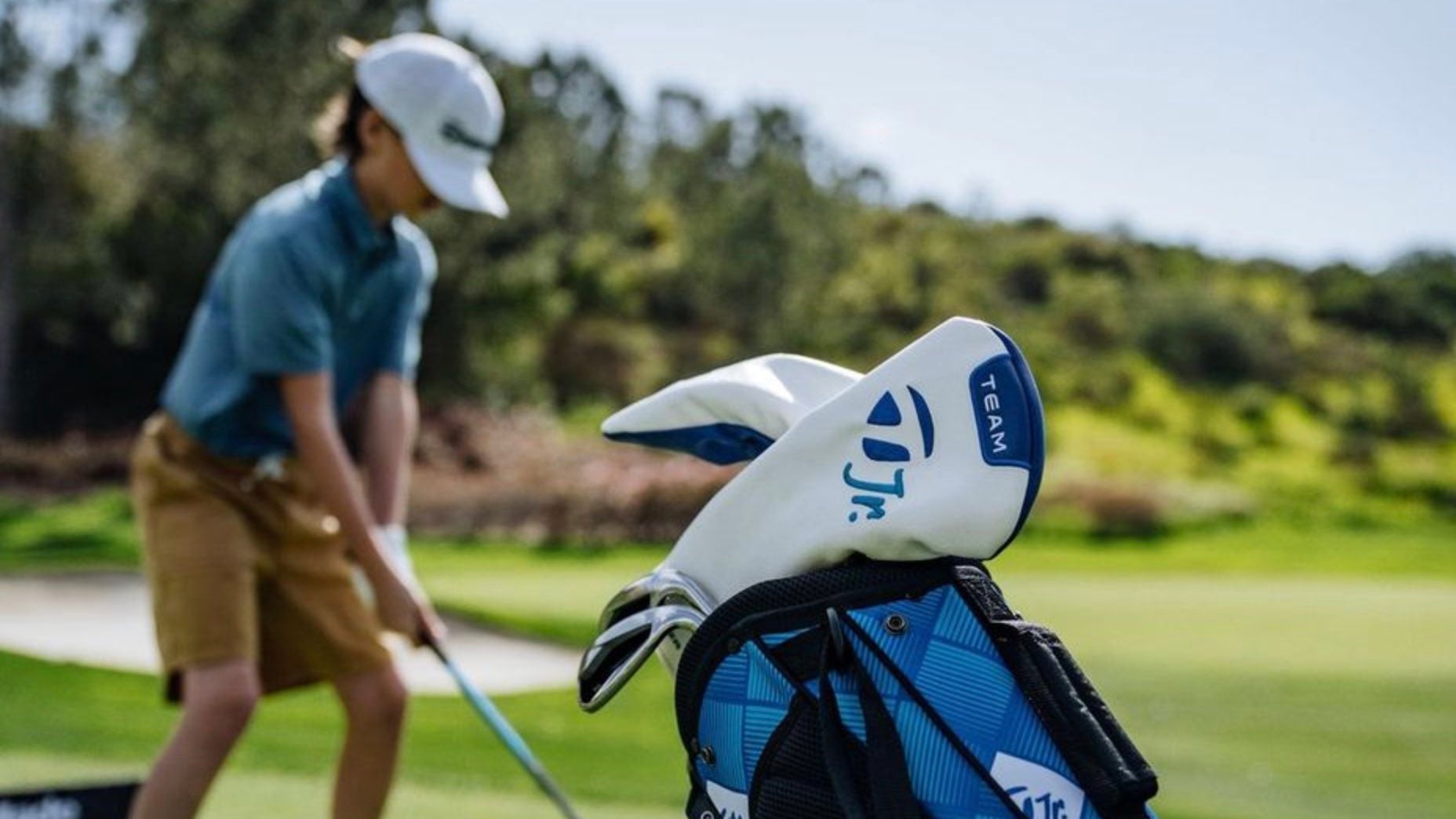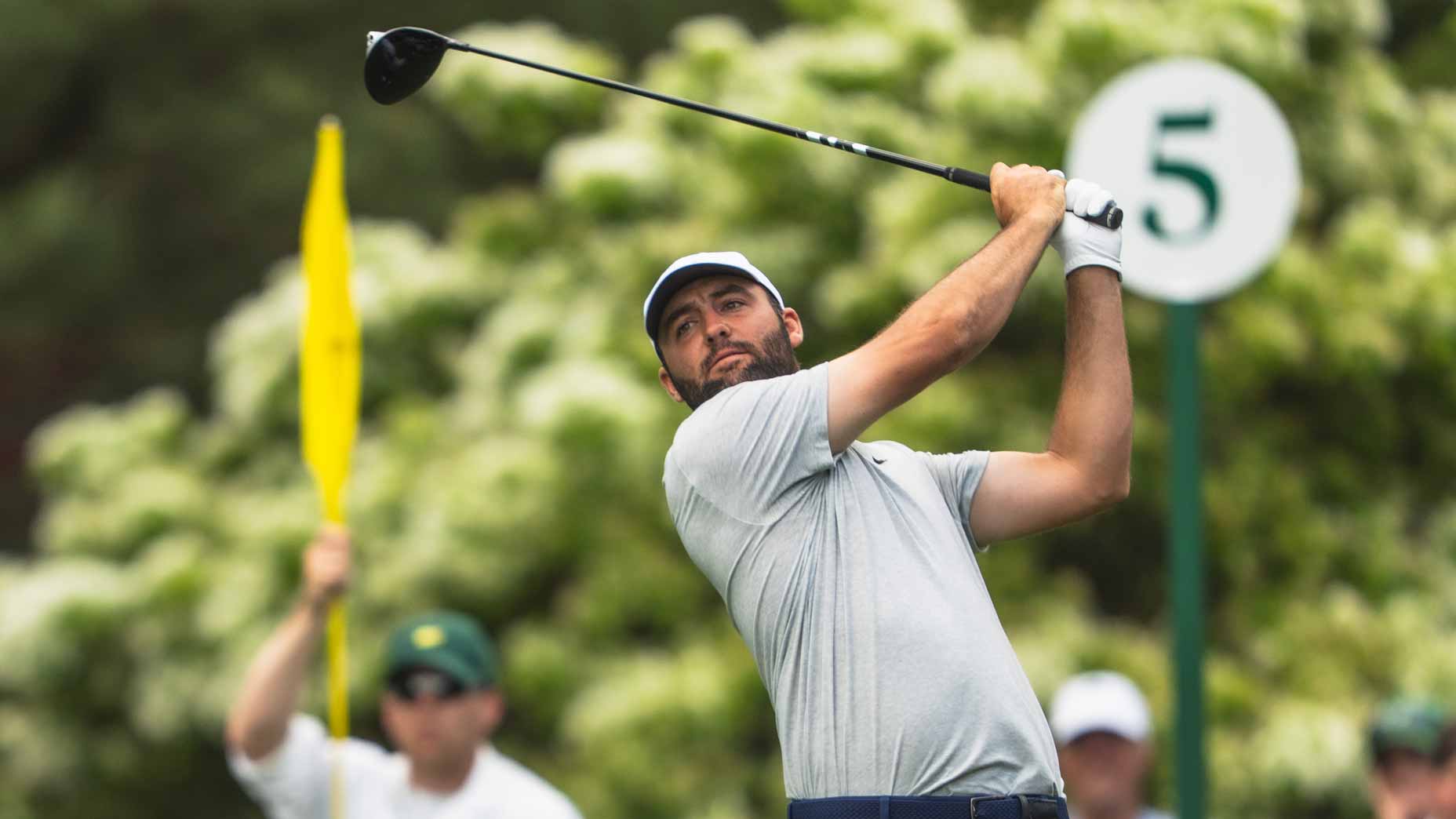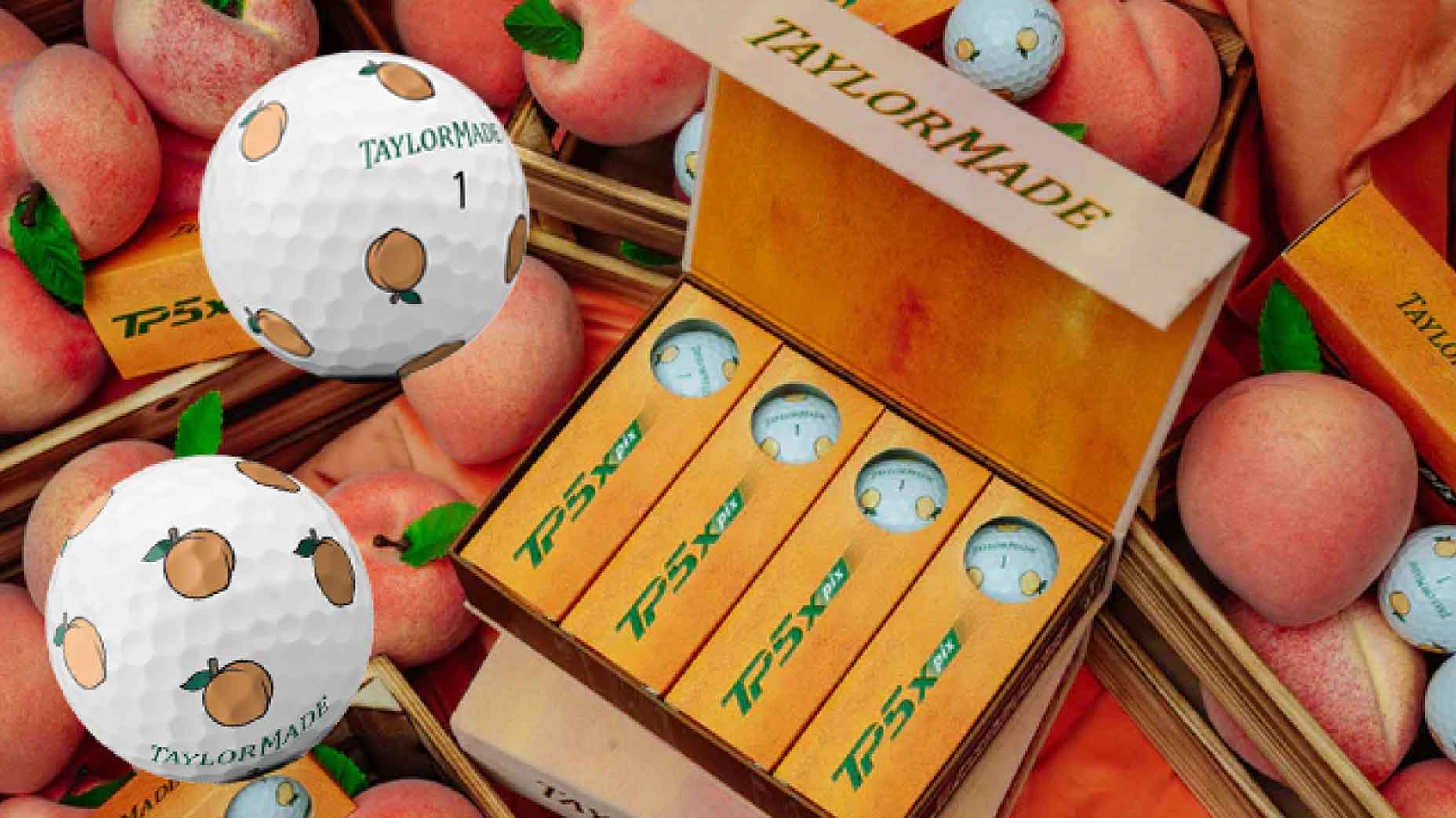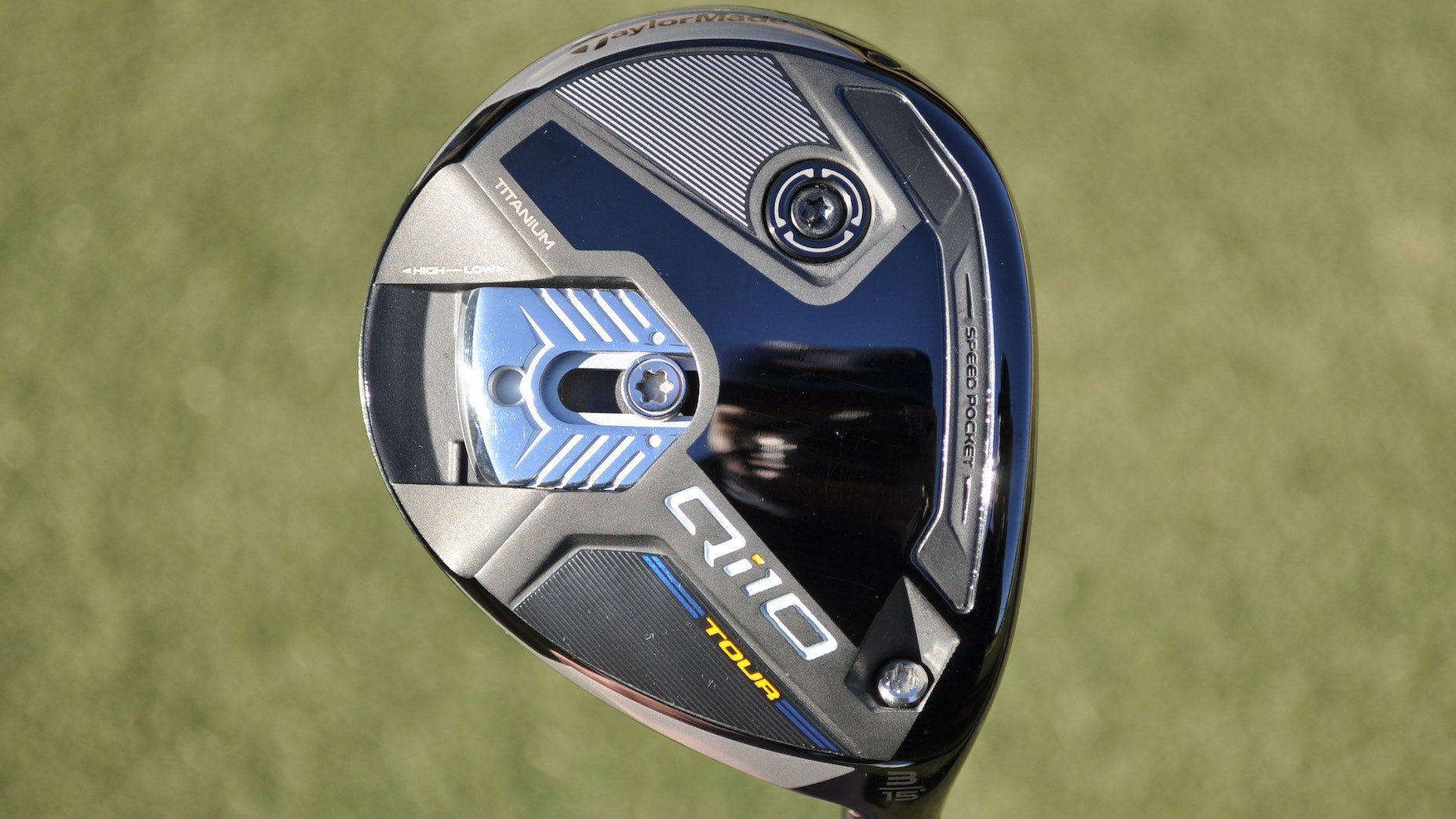Welcome to GOLF.com’s ClubTest Proving Ground, where Managing Equipment Editor Jonathan Wall and Senior Equipment Editor Ryan Barath put the latest designs and groundbreaking technology in the equipment space to the test on the range and the course.
The tools: TaylorMade BRNR Mini (11.5 degrees; Mitsubishi Kai’li White 70X shaft), TaylorMade Stealth Plus (9 degrees; Mitsubishi Kai’li White 60X shaft), Titleist 2023 Pro V1x golf balls
The test: To determine if the BRNR Mini is a solid secondary option off the tee.
The results: If the last year has taught me anything about my equipment, it’s that I don’t take enough chances. I like safe and predictable — even if that means playing something no longer suited for my ever-evolving game. Thankfully, some brilliant club fitters, including Titleist’s Joey Saewitz and Ping’s Pat Abshire, have gotten in my ear and helped flip the script.
I somehow added a fairway wood to the bag and found more consistency in a lighter iron shaft — two things I didn’t think were in the cards for my gear setup.
Embracing gear I would’ve balked at testing in the past got me wondering if there was a way to make the top of my bag more reliable this season. An 18-degree Titleist TSR2 has given me a true secondary option off the tee, but the gap between my 9-degree TaylorMade Stealth Plus and lone fairway wood leaves me with an uncomfortable hole in the bag when the driver misbehaves, which is quite often.
TaylorMade BRNR Mini Driver
Distance has never been a problem — I can smooth it 280-290 yards — but it’s impossible to predict if I’ll end up with long and straight or long and in the trees. Then along came TaylorMade’s BRNR Mini Driver to add some much-needed confidence to my long game.
With a 304cc head and noticeably stronger loft (11.5 degrees), when compared to my fairway wood, the club already checked a few boxes I needed in a true secondary option off the tee. And with a shorter shaft — I had mine built at 43.5 inches — it felt like I had a better chance to keep it in the ballpark.
Based on the head-to-head test pitting my Stealth Plus (9 degrees) against BRNR Mini (11.5 degrees), I was on the right track from the jump. But before we get to the BRNR Mini numbers, let’s look at the driver numbers with my Foresight GCQuad launch monitor.

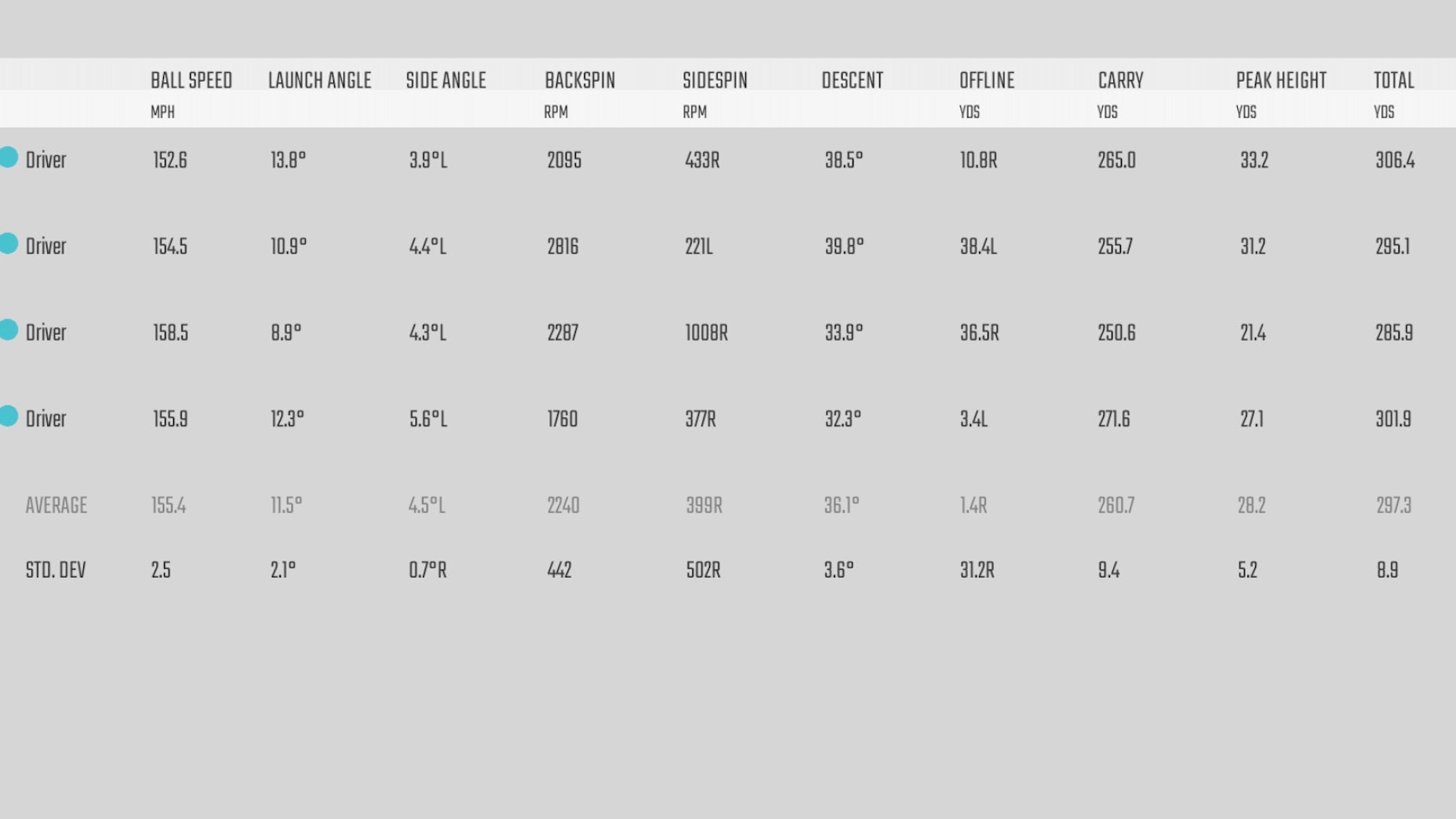
Even as I approach 40, it’s nice to know I can still get the ball out there without having to swing out of my shoes. As a left-handed golfer who generally prefers to play a fade, seeing anything cross the center line is a big no-no. But again, I’ve always been inconsistent with the driver, so this is a common theme with the big stick.
As you can also probably see, spin has a tendency to drop into what I like to call the “danger zone,” which is anything under 2,000 RPMs. I blame the large deltas on a lack of consistent practice. They act as a constant reminder that my game could be better if I just got out there and made the time. But with a house full of young kiddos who’d rather knock down 3s and belt home runs, that isn’t happening anytime soon. Take what you can get, friends.
My initial observation when I put BRNR Mini in my hands was how much shorter it felt when compared to my 45.5-inch driver. It instantly made me feel as if I could find the fairway before I even struck a ball. That’s a foreign feeling, just so we’re clear.
Then came the numbers to back up the feeling.
I normally like to hit several balls to get accustomed to a new club before recording the launch monitor data, but I made an exception this time around. Simply put, the first three balls were nothing short of impressive.
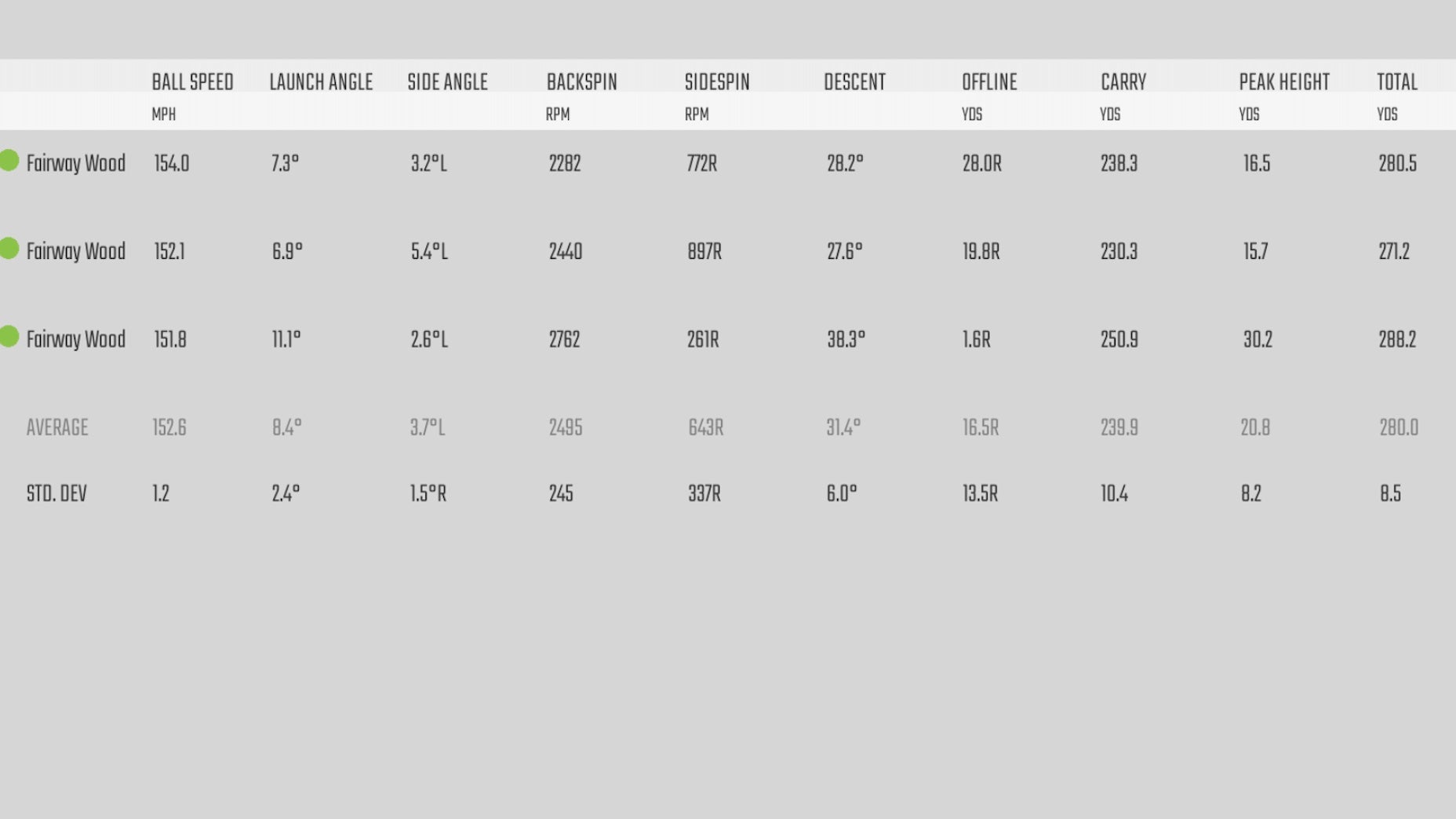

It’s easy to look at the numbers and call it a fluke, but things just kept getting better (see the below photo). Even more impressive was the fact that I was able to achieve driver-like numbers with the adjustable 13-gram “Heavy” weight in the rear. Moving it forward should give me even more distance.
I plan on conducting further testing with the different weight positions, but it’s a promising start for a club that’s generally considered a course dependent option on Tour.
The tighter dispersion was also a welcome sight for someone who’s used to spraying driver with regularity. As a fader of the ball, I’m not shocked to see the short shaft turn the ball over and produce a slight draw. Not to mention the adjustable weights go front to back and not side to side like the Stealth Plus driver. (I see some hot melt in my future.)
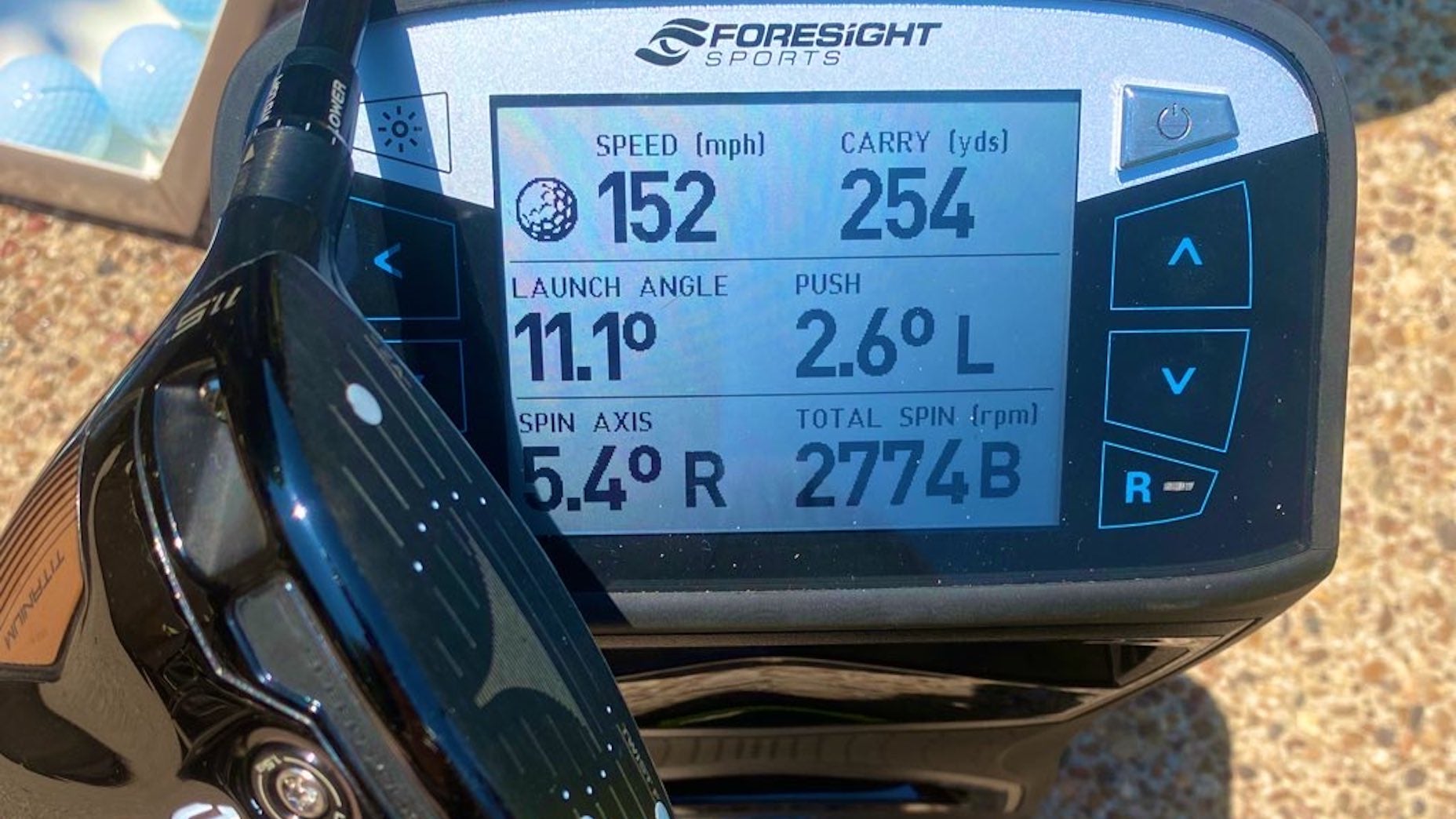
After testing BRNR Mini on the range, I took it to the course and saw similar results during a couple of practice rounds. In fact, I started finding enough fairways that I stopped using my driver altogether on holes where it would’ve been an automatic selection in the past. The increase in fairways hit made the dip in distance an easy decision, especially with the irons and wedges being the strongest part of my game.
I was also impressed with the improvements that were made to the sole design to make it more playable from the turf. With my current attack angle — I rarely take a divot — I found it much easier to catch a piece and get it closer to the green. While I’m not sure this club will ever be a true “off the deck” option for me, it’s nice to know I can entertain the idea if my swing is feeling good.
Conclusion: The addition of BRNR Mini has made me consider some drastic changes to my setup. The more I’ve played with TaylorMade’s latest toy, the more it’s made me wonder if I should go the Tony Finau route and embrace a shorter driver length. Back in 2019, the six-time Tour winner switched to a 43.5-inch Ping driver and watched as the shorter driver produced a higher ball speed with consistent center face contact.
I remember writing the story and wondering if I should give it a try, but being so set in my ways, I decided to stick with 45.5 inches and struggle. If anything, BRNR Mini has made it clear that I need to test a shorter driver and see what happens, especially if my dispersion has a chance to improve exponentially.

For the moment, I plan to keep playing my current driver/BRNR Mini setup and see what happens. The last few rounds have proven the combination has a chance to earn a permanent spot in the bag.
I’m not ready to proclaim BRNR Mini will make your driver obsolete, but based on the numbers, it’s clear TaylorMade has something special brewing. If you’re dealing with a similar dilemma off the tee, the BRNR Mini deserves strong testing consideration — assuming you can track one down due to the incredible demand.
When a club is this impressive, everyone is going to want to take it for a spin.

